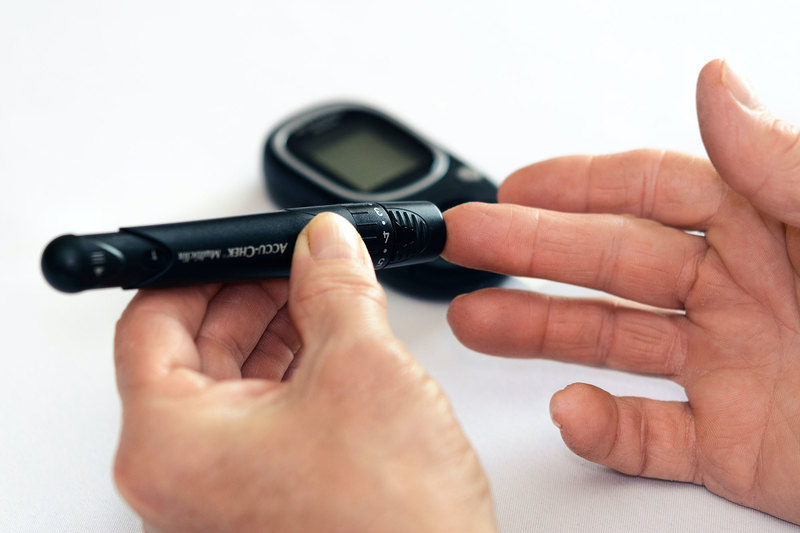People living with diabetes could develop ‘severe’ COVID-19
18 June 2020 | Story Niémah Davids. Photo Pexels. Read time 4 min.
Evidence slowly emerging in South Africa suggests that people living with diabetes (PLWD), as well as those with an elevated body mass index (BMI), are likely to experience a more “severe and complicated” course of COVID-19.
This according to Associate Professor Joel Dave, head of the Division of Endocrinology at the University of Cape Town’s (UCT) Department of Medicine.
Diabetes is said to be one of the leading comorbidities (the presence of one or more conditions occurring with a primary medical condition) of COVID-19, alongside an elevated BMI, hypertension and HIV.
UCT News caught up with Dave who unpacked this subject further.
Niémah Davids (ND): Are PLWD more at risk of SARS-CoV-2 infection?
Joel Dave (JD): There is currently no evidence to suggest that PLWD or people with an elevated BMI are at greater risk of being infected with [severe acute respiratory syndrome coronavirus] SARS-CoV-2.
However, there is evidence from other countries and increasing evidence from South Africa indicating that, when infected with SARS CoV-2, PLWD and those with an elevated BMI are more likely to develop a severe and complicated form of COVID-19.
The exact reason for this is not yet known. But it’s presumed to be because PLWD often have an elevated BMI, are older, have other associated comorbidities (such as hypertension, heart disease, kidney disease) and often have a dysfunctional immune system, placing them at risk of more severe infections.
ND: Are we seeing more PLWD admitted to hospital with COVID-19 in South Africa?
JD: Preliminary data from the Western Cape shows that PLWD who are diagnosed with COVID-19 are more likely to require admission to a hospital and to an intensive care unit.
At least 30% of all [COVID-19] admissions in people over 50 years old are PLWD. In addition, this data also shows that 53% of people who die from COVID-19 are PLWD. The good news is that it appears that PLWD who have well-controlled diabetes suffer less severely with COVID-19 and are less at risk of death from COVID-19 than PLWD who have poorly controlled diabetes. It is therefore imperative that PLWD strive for good diabetes control.
ND: How do you recommend PLWD and obesity, who also have COVID-19, manage the two?
JD: PLWD who have mild COVID-19 can usually be managed at home. It’s important that they continue their usual medication, but with more frequent monitoring of their finger prick blood glucose levels. By doing this, PLWD can ensure that their diabetes remains controlled. They should also adhere to the recommended lifestyle measures and activities that promote good diabetes control and weight loss, if required.
In addition, PLWD should maintain regular telephonic contact with their healthcare providers who will help adjust their medication if necessary and advise whether they need to seek further medical care.
PLWD who develop shortness of breath, vomiting or uncontrolled glucose levels should urgently contact their healthcare provider, as they will likely require admission to hospital.
ND: What are some of the precautionary measures PLWD can take against getting infected with SARS-CoV-2?
JD: Even though PLWD and those with an elevated BMI are not at greater risk of SARS-CoV-2 infection, it is essential that they continue to self-isolate as much as is reasonably possible, especially if they are over 50 years old. If they do need to be exposed to other people, it is critical that they are meticulous with the recommended preventative measures, such as wearing masks, maintaining a two-metre social distance, practising frequent hand hygiene and not touching their faces.
 This work is licensed under a Creative Commons Attribution-NoDerivatives 4.0 International License.
This work is licensed under a Creative Commons Attribution-NoDerivatives 4.0 International License.
Please view the republishing articles page for more information.
Research & innovation





































